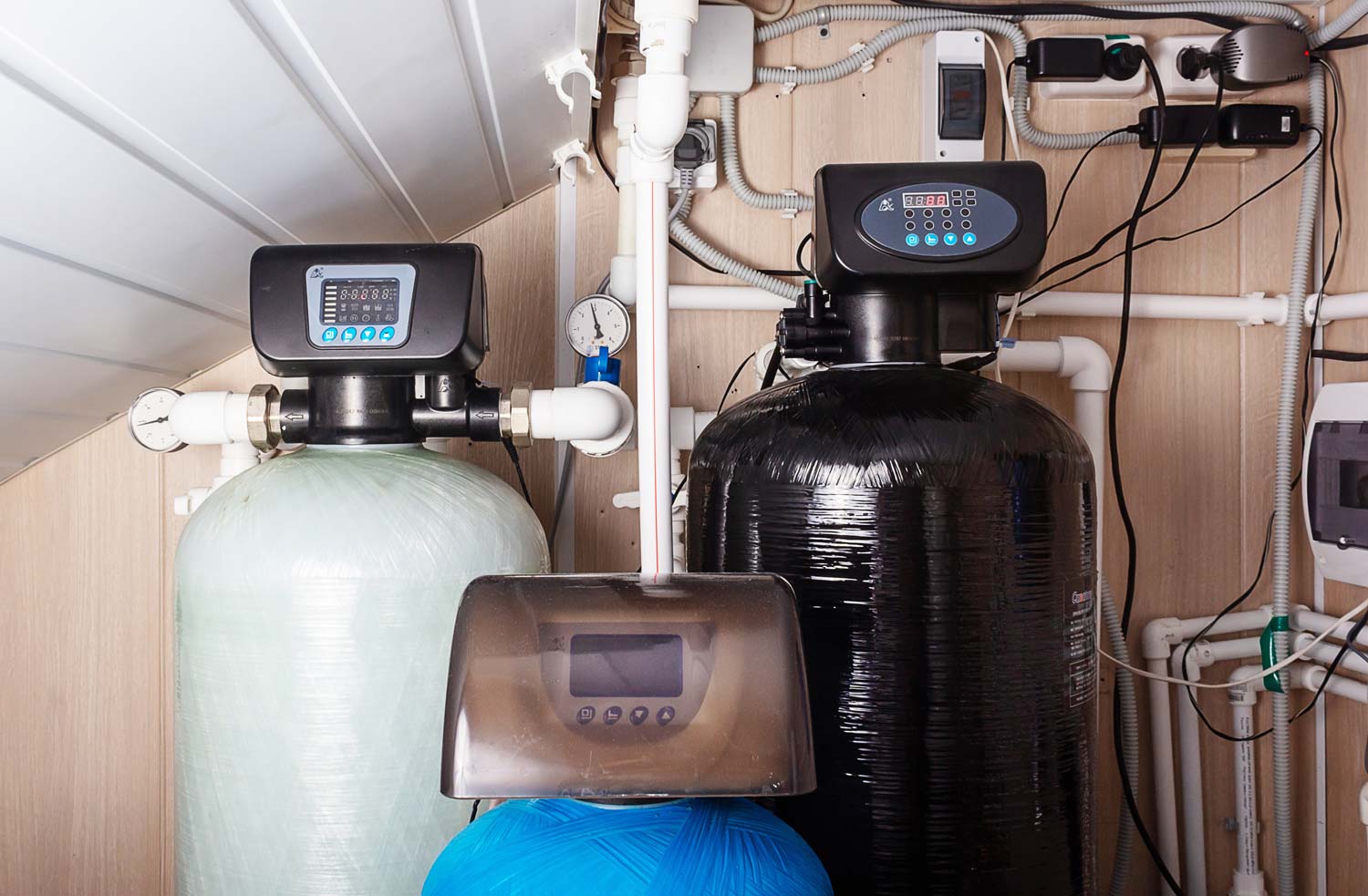In industrial operations, where efficiency and production are paramount, a dependable and well-fitted air compressor is critical. The industrial screw air compressor is a powerful workhorse among the different varieties available, delivering a continuous supply of compressed air to drive innumerable pneumatic operations.
When installing this vital system, meticulous planning, exact execution, and strict adherence to particular requirements, including the integration of reliable industrial hoses, are necessary for optimal performance and longevity.
However, the installation of such a vital system needs meticulous planning, exact execution, and strict adherence to particular requirements.
Choose The Right Location
For starters, accessibility is required for routine maintenance and repairs. The compressor should be placed in a location where technicians can quickly access it. There should be enough room around the compressor to allow for safe movement and operation. The closeness of the primary compressed air distribution system is critical for minimising pressure losses and optimising efficiency.
Another consideration is ventilation, which is critical to maintaining the compressor’s working temperature. During operation, they create a substantial quantity of heat, which must be dissipated by sufficient ventilation. Make sure the installation location has enough airflow and ventilation to minimise heat accumulation, which can impair the compressor’s efficiency and longevity. Install exhaust fans or ductwork to help with air circulation and remove hot air from the compressor room.
To reduce noise pollution, choose a site away from places where noise-sensitive activities are carried out. To limit noise transmission to neighbouring spaces, use soundproofing materials or enclosures. Compliance with local noise rules should also be considered.
Lastly, the installation location must be secure. If the compressor is situated outside, consider installing weatherproof housing to protect it from factors such as rain, snow, and direct sunshine. If it’s indoors, make sure the location is safe and secured from unauthorised entry. For maintenance reasons, enough illumination should be given, and safety signage should be conspicuously posted to warn staff of potential risks.
Foundation & Mounting System
The compressor should be installed on a sturdy, level base that can withstand its weight. For the suggested foundation requirements, including the kind of base material, size, and any particular preparation measures, consult the manufacturer’s instructions. Reinforced concrete or heavy-duty steel constructions are common foundation materials.
If a dedicated base is neither practical nor desired, consider adopting a vibration-absorbing and noise-reducing mounting method. Anti-vibration pads or mounts are commonly used in these systems to separate the compressor from the floor or structure. Check that the mounting mechanism is suitable for the compressor model and stable.
Depending on the compressor’s position and the proximity of sensitive regions, noise control measures may be required. To reduce noise emissions, use soundproofing materials or acoustic enclosures around the compressor. These solutions contribute to a more comfortable working environment while also reducing the impact on the surrounding regions.
Electrical Connections
You need to determine the voltage and phase requirements of the compressor as specified by the manufacturer. Ensure that the electrical supply in your facility matches the compressor’s requirements. This may involve installing a dedicated electrical circuit or upgrading the existing electrical system to accommodate the compressor’s power needs.
The electrician should install a suitable disconnect switch or circuit breaker near the compressor to enable easy power isolation during maintenance or emergencies. This switch should be easily accessible and clearly labelled for quick identification.
Make sure the compressor is correctly grounded in accordance with local electrical codes and the manufacturer’s instructions to guarantee electrical safety. Grounding protects against electrical shocks and reduces the chance of electrical fault damage to equipment.
As a result, you must use appropriate wire gauges and connectors to guarantee that all electrical connections are correctly secured. Electrical arcing, overheating, and potential device failure can all be caused by loose or insufficient connections. Before turning on the compressor, the electrician should do extensive inspections and testing to ensure the integrity of the electrical connections.
Piping & Air System Layout
When designing your strategy, ensure that the pipes in your system are suitably sized to minimise pressure drop and guarantee enough flow to all places of usage. Consider parameters such as the length of the pipe runs, the number of branches, and the air demand of each point of use in addition to the manufacturer’s suggested diameters.
Following that, you must determine the configuration of your pipe system in order to minimise the number of bends and elbows. To limit pressure loss and avoid sudden twists that might generate turbulence and increase friction, use as few fittings as feasible. After that, to prevent leaks and corrosion, use high-quality materials for your pipes, fittings, and isolation valves. You should not use PVC pipes for compressed air applications because they can corrode.
Conclusion
Installing industrial screw air compressors correctly is crucial for maximum performance and efficiency. You may establish a solid basis for a durable and profitable compressed air system by carefully examining variables such as location, electrical connections, and pipes. You’ll be well-equipped to harness the force of compressed air and drive your industrial activities to new heights if you keep these ideas in mind.









